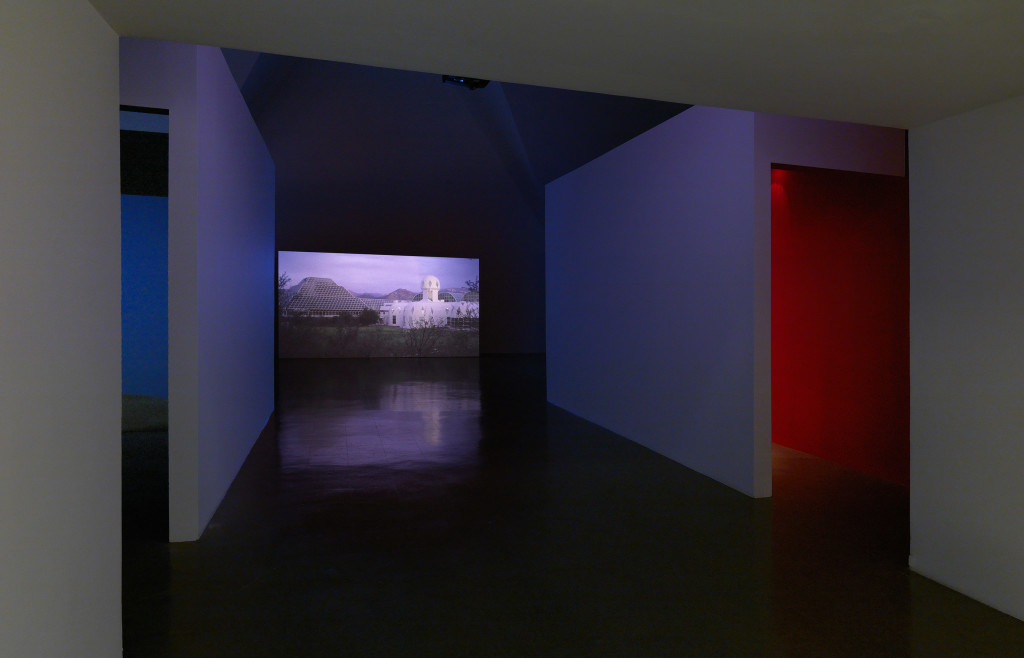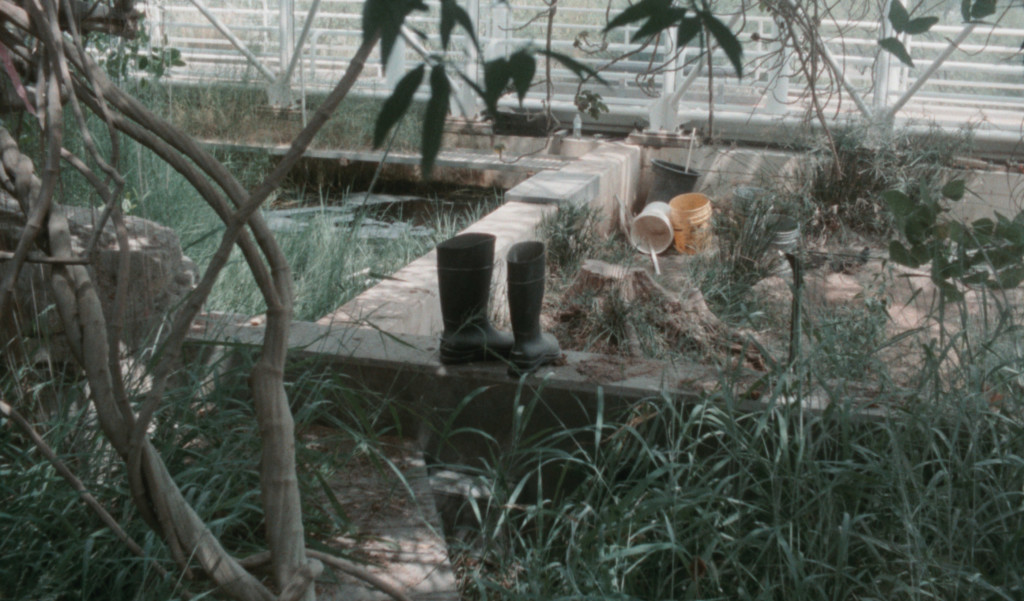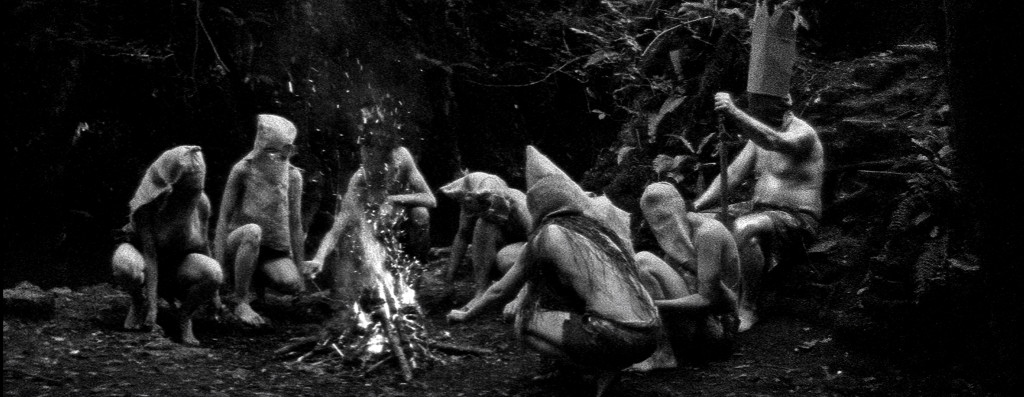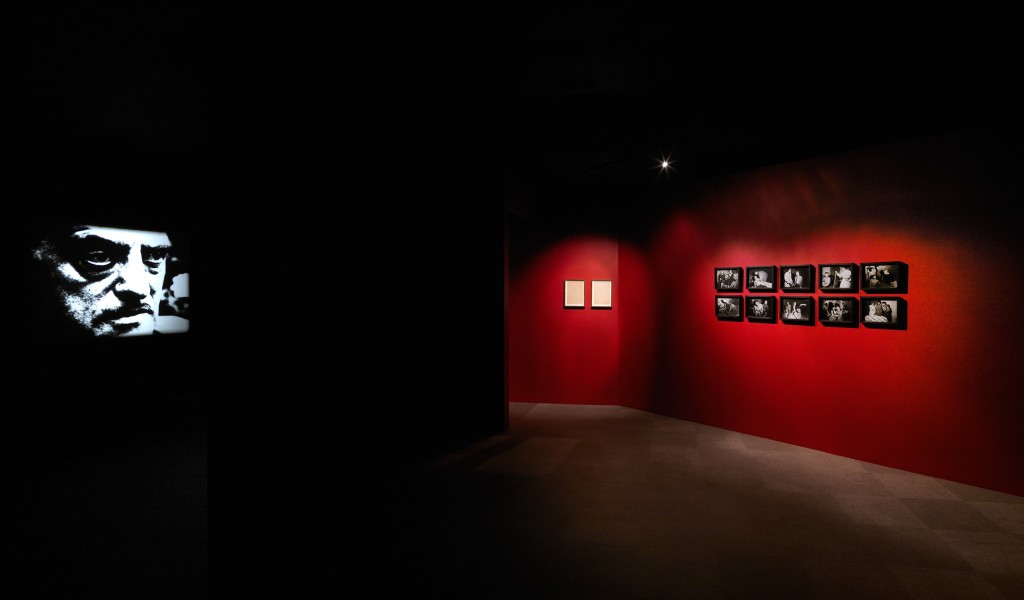Ben Rivers: The Renaissance Society
by Brandon Sward
Since temperature records began in 1880, the Summer of 2016 has made its mark in history as the hottest to date. As we watch politicians lock horns over the implications, and even existence of global warming, the art world has had its own sort of reckoning with nature—evidenced by the proliferation of exhibitions involving organic materials, and subjects concerned with the anxieties surrounding a possible environmental collapse. Ben Rivers’ Urth, the inaugural exhibition of the Renaissance Society’s 2016–17 season, is one of many examples of what one could cite as a New Organicism in contemporary art.

Of the three films on view within the exhibition, the central and newest piece, shot at Biosphere 2 in Oracle, Arizona and also entitled Urth, was commissioned by the Renaissance Society. Constructed between 1987–1991 by Space Biosphere Ventures, Biosphere 2 was intended to be the second self-contained biosphere, after the earth itself (Biosphere 1). Accompanying the footage is a voiceover of text written in collaboration with science fiction author Mark von Schlegell, which dictates the final log entries of perhaps the last woman. The resultant world is one wherein nothing can be taken for granted, wherein the atmosphere must be constantly monitored for changes in its composition, wherein one can feel the full weight of the fact that every human breath consumes the oxygen necessary for sustaining life and produces the carbon dioxide threatening to extinguish it. As a warning of what might be if we continue at the current breakneck speed of capitalist expansion, Urth invites us to consider the impact of our actions upon our surroundings, lest those surroundings punish us for our lack of attention.

If recent weather patterns are any indicator, such an invitation is a welcome one. Unfortunately, the space for consideration created in Urth is foreclosed almost as soon as it is opened. Rather than imaging a future that might be, Slow Action (2014), the second film within the exhibition, documents the present that is—a four channel film that chronicles an island’s biogeography. The isolation of the island has long attracted mainland interests, from Charles Darwin’s famous studies of the Galápagos Islands (Slow Action borrows its name from a subchapter of Darwin’s On the Origin of Species) to the research of countless Western anthropologists. The project of colonization made Europeans aware, for perhaps the first time, of the staggering diversity of human behavior, which early anthropologists set out to study systematically. Across one of the screens, a group of forms trudges heavily through an overgrown forest, clad only in loincloths and quasi-ceremonial masks. While the film appears to look toward islands for clues about what humanity might become—as sea levels continue to rise across much of the globe, islands may become more and more common—Rivers’ humanity is seen through the eyes of the early European explorers, who were simultaneously fascinated and repulsed by the “primitive societies” they came into contact with.

Instead of a future, we receive a past, and even then a distorted one. As another channel of the film pans across abandoned structures, Rivers’ depictions fall into the tropes of now familiar “ruin porn,” which, in the words of Jacob Mikanowski, “treats real, living spaces of social interaction as stage sets for melancholy reflection.”1 While reflection is certainly a worthwhile activity, treating such scenes as mere backdrops prevents us from coming to terms with the complex and ongoing social processes that produce ruins to begin with.
All of this would not be so worrisome if it were not for the installation of Things (2014). Rivers’ answer to the challenge of making a film without travelling, the artist turns the camera instead upon himself—more specifically, his London home. Divided into the four seasons, the film takes us on a tour of an apartment and garden. Being forced to look at an inhabited space without its inhabitant for such a length of time leads one to imagine the sort of person who spends their time there. Every object we see has been acquired, placed, and used by one particular person. Another segment follows the wanderings of a squirrel, focusing our attention on one of the most ignorable creatures. In effect, Rivers reserves his fine-tipped brushes for describing his own life, while painting the lives of others with broad, and arguably distorting, strokes.

Of course, one cannot expect Rivers to actually pose concrete solutions to what ails us; to do so not only asks too much of his art, but also assumes that our problems are much simpler than they actually are. But Rivers’ portrayals are tenuous. At its best, art substantiates the contradictory, allowing this vibrating tension to help us expand our ideas of what is possible, what we might aspire towards, and for what we might hope. In the case of Urth, art might mediate between the idealism and ultimate impossibility of utopia, providing ways of orienting and aiming our desires, even when these desires might never hit their targets. Instead of showing us the distance between where we are and where we might go, Urth measures the distance between “us” and “them,” both of which are groups that ought to be included in any meditation on utopia.
Ben Rivers: Urth at the Renaissance Society runs through November 6, 2016.